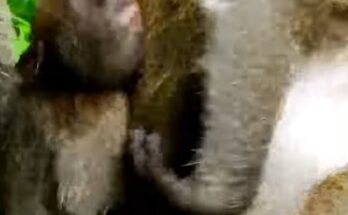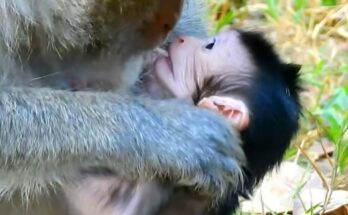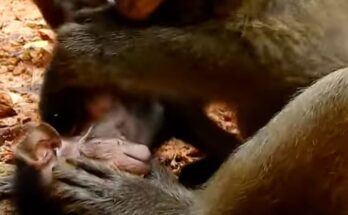Incidents in Captivity
Zoos and research facilities aim to provide safe habitats for primates, but lapses can lead to fatal outcomes. In November 2024, a two-year-old western lowland gorilla named Eyare at the Wilder Institute/Calgary Zoo suffered a fatal accident due to human error. While staff were attempting to separate Eyare for an individual training session, a zookeeper mistakenly activated the wrong hydraulic door, which struck Eyare and caused severe head injuries. Despite immediate medical intervention, including CPR, Eyare did not survive. The zoo acknowledged the incident as an accident resulting from human error and has since implemented additional staff training and is exploring alternatives to hydraulic doors to enhance safety.
Similarly, in November 2014, the San Francisco Zoo faced a tragic incident when a young gorilla named Kabibe was crushed by a hydraulic door during routine relocation procedures. The zoo’s executive director admitted to breaches in protocol, and the facility faced a fine from the U.S. Department of Agriculture. This incident prompted a reevaluation of enclosure designs and operational procedures to prevent such tragedies in the future.
Research facilities have also reported fatal incidents. At the University of Louisiana–Lafayette’s New Iberia Research Center, five infant rhesus macaques died or were euthanized due to dehydration caused by a malfunctioning water dispenser. The staff failed to notice the issue promptly, leading to prolonged suffering for the infants. This negligence led to calls for investigations and charges from animal rights organizations.
Incidents in the Wild and Urban Areas
In regions where human settlements encroach upon natural habitats, interactions between humans and wild primates can have tragic consequences. In June 2022, a one-month-old baby boy in Mwamgongo village, near Gombe National Park in Tanzania, was snatched from his mother by a monkey that had entered their home. Villagers attempted to rescue the child using force, but the infant sustained injuries to the head and neck and later died during treatment. Authorities urged residents to remain vigilant against wildlife intrusions, especially as such incidents, though rare, can have devastating outcomes.
A similar incident occurred in Malaysia in 2010, where a four-day-old baby girl was taken by a macaque monkey that entered her home. The monkey bit the infant and subsequently dropped her from a roof, leading to fatal injuries. Wildlife officials suggested that the monkey was likely searching for food, and the incident highlighted the challenges of human-wildlife coexistence in rapidly developing areas where natural habitats are diminishing.
Preventative Measures and Recommendations
These incidents emphasize the critical need for comprehensive safety protocols, regular staff training, and public awareness to prevent similar tragedies:
- Enhanced Training and Protocols: Facilities housing primates must ensure that staff are thoroughly trained in operating enclosure mechanisms and handling animals. Regular drills and updated protocols can minimize human errors that lead to accidents.
- Environmental Enrichment and Safe Enclosures: Designing enclosures that cater to the physical and psychological needs of primates while ensuring safety can prevent accidents. This includes using non-hazardous materials and mechanisms in enclosures.
- Public Awareness and Coexistence Strategies: In areas where human populations overlap with primate habitats, educating the public on securing homes and avoiding actions that attract wildlife is essential. Community-based programs can promote harmonious coexistence and reduce conflict.
- Regular Maintenance and Monitoring: Routine checks of enclosures, equipment, and facilities can identify potential hazards before they result in accidents. Implementing strict maintenance schedules ensures that all aspects of animal housing meet safety standards.
- Legislative and Policy Support: Governments and regulatory bodies should enforce stringent animal welfare laws and provide support for facilities to upgrade and maintain safe environments for both animals and humans.
By addressing these areas, the likelihood of tragic incidents involving baby monkeys and other primates can be significantly reduced, fostering a safer environment for all.


